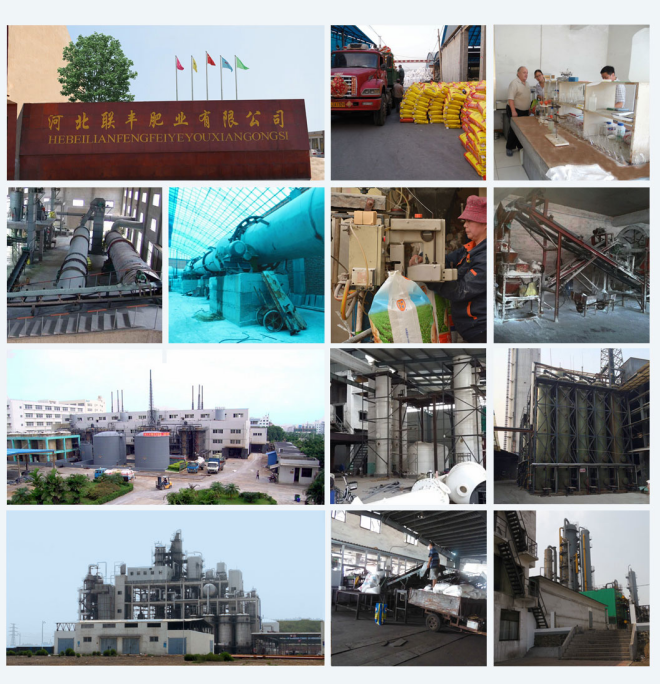
Th7 . 28, 2024 08:00 Back to list
Understanding the Benefits and Applications of 14-14-14 NPK Fertilizer for Optimal Plant Growth
Understanding NPK 14-14-14 Fertilizer A Comprehensive Guide
Fertilization is a crucial aspect of modern agriculture and gardening, significantly affecting plant growth and yield. Among the various types of fertilizers available in the market, NPK 14-14-14 fertilizer stands out as an effective all-purpose option suitable for a wide range of applications. In this article, we will explore what NPK 14-14-14 fertilizer is, its composition, benefits, and how to effectively use it for optimal plant health.
What is NPK Fertilizer?
NPK refers to the three essential nutrients that are fundamental to plant growth Nitrogen (N), Phosphorus (P), and Potassium (K). Each of these elements plays a distinct role in plant development
- Nitrogen (N) Crucial for the growth of leaves and stems, nitrogen aids in the formation of chlorophyll, which is essential for photosynthesis. - Phosphorus (P) This nutrient supports root development and flower and fruit production. It is vital for energy transfer within plants through ATP (adenosine triphosphate). - Potassium (K) Potassium enhances overall plant vigor, improves drought resistance, and contributes to the regulation of water usage within plants. It also plays a role in flower and fruit quality.
The numbers in the formula 14-14-14 represent the percentage of each nutrient present in the fertilizer. In this case, each nutrient is supplied at 14%, making it a balanced fertilizer ideal for various plants.
Benefits of NPK 14-14-14 Fertilizer
1. Balanced Nutrient Supply The equal ratio of nitrogen, phosphorus, and potassium in NPK 14-14-14 ensures that plants receive a balanced supply of essential nutrients, promoting healthy growth and development.
2. Versatility This fertilizer can be used for a wide variety of plants, including flowers, vegetables, and shrubs. Its versatility makes it an excellent choice for gardeners looking to simplify their fertilization process.
3. Improved Yield The balanced formulation helps enhance overall plant health, leading to increased yields in crops and more vigorous growth in ornamental plants.
npk 14 14 14 fertilizer

4. Ease of Application NPK 14-14-14 is available in various forms, including granules and liquids, making it easy to apply according to specific needs and preferences.
How to Use NPK 14-14-14 Fertilizer
When applying NPK 14-14-14 fertilizer, it is essential to follow recommended guidelines to ensure optimal results
1. Soil Test Before applying fertilizer, conduct a soil test to determine the existing nutrient levels. This will help you assess whether additional fertilization is necessary.
2. Application Timing Apply the fertilizer during the growing season when plants are actively taking up nutrients. For most plants, this means fertilizing in spring and again in mid-summer.
3. Method of Application Granular forms of NPK 14-14-14 can be spread evenly around the base of the plants and then worked into the soil. For liquid forms, follow the manufacturer’s instructions for dilution and application rates.
4. Watering After application, water the plants thoroughly to help the fertilizer penetrate the soil and reach the root zone.
5. Frequency Generally, applying NPK 14-14-14 every 4-6 weeks during the growing season will help maintain nutrient availability. However, adjust based on the specific needs of your plants and soil conditions.
Conclusion
NPK 14-14-14 fertilizer is an excellent choice for gardeners and farmers looking for a balanced nutrient solution. Its versatility, ease of use, and ability to promote healthy plant growth make it a valuable addition to any gardening or agricultural toolkit. By understanding how to effectively use this fertilizer, you can ensure that your plants thrive and yield their best results.
-
Premium 10 10 10 Fertilizer Organic for Balanced Plant Growth
NewsJul.29,2025
-
Premium 10 10 10 Fertilizer Organic for Balanced Plant Growth
NewsJul.29,2025
-
Premium 10 10 10 Fertilizer Organic for Balanced Plant Growth
NewsJul.29,2025
-
50 Pound Bags of 13-13-13 Fertilizer for All Plants – Bulk & Organic Options
NewsJul.28,2025
-
High-Efficiency 15-30-15 Granular Fertilizer for Healthy Crops
NewsJul.28,2025
-
15-30-15 Granular Fertilizer for Optimal Crop & Lawn Growth
NewsJul.27,2025
